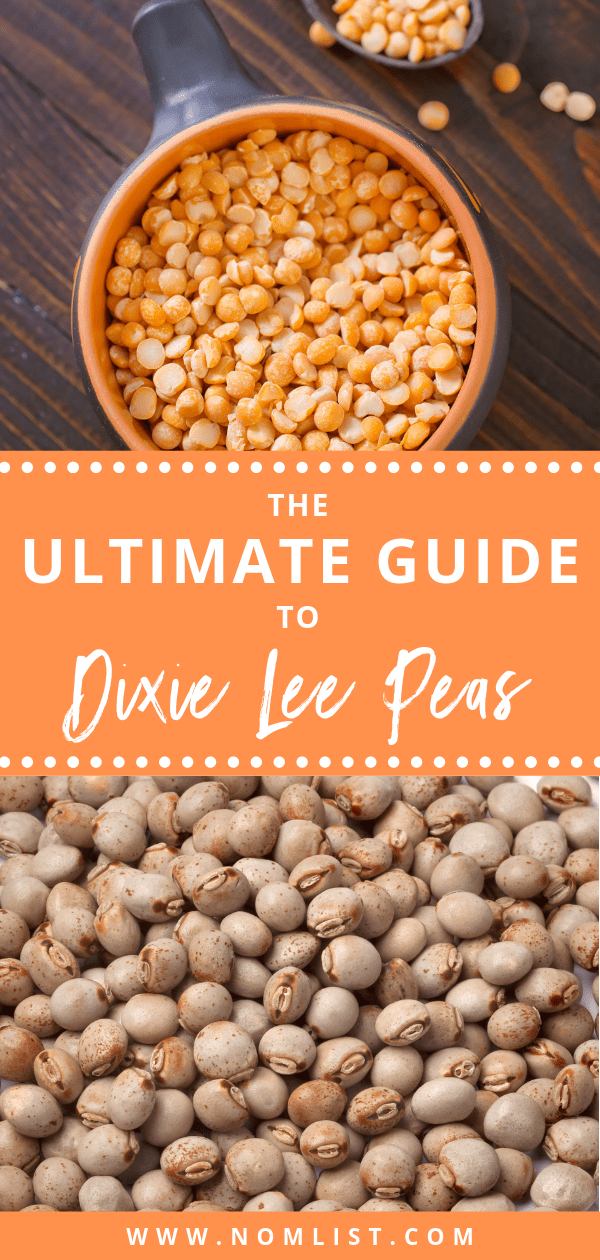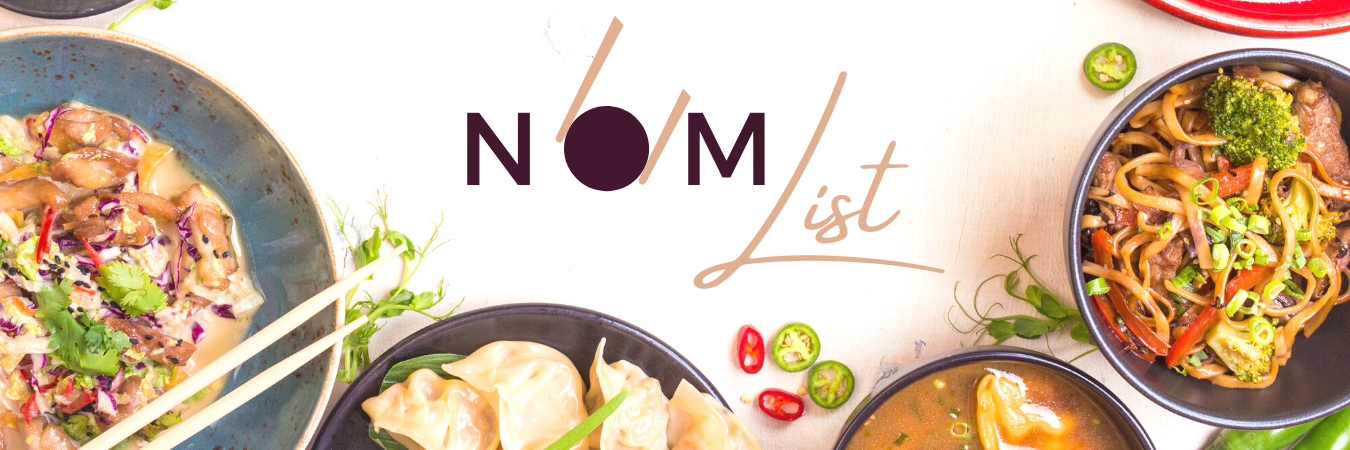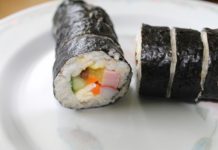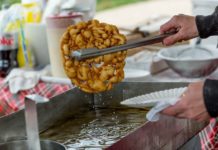In the U.S. there are Yankee beans and in the south, there are Southern peas. Even if you’ve never heard of Dixie Lee peas, you’ve probably heard of black-eyed peas. They are both a variety of what is known in the southern U.S. as southern peas but are technically different types of cowpeas. If that’s a little confusing, get this – it has over 50 names in India and dozens of names in America!
And they’re all so obviously southern names, names like: Big Boy, Mississippi Silver, Old Timer, Iron Clay, just to name very few. There’s an interesting theme to those names that tell you what type of southern pea that they are. Some can grow up to seven inches long – that’s likely where the Big Boy got its name.
The White Acre is of the colorless variety known as creams. The Purple Hull, the Red Ripper, those names all mention a particular color or shape or size of the pea, which is actually how they are classified. There is an exception though. It’s also called a cowpea or a field pea because they used to be mostly a food for animals.
No matter the color of the pea (which is actually a bean) when it is cooked, they all turn brown and they turn the water they are cooked in into gravy. What a strange food, huh? You don’t know the half of it! This is the ultimate guide to Dixie Lee peas.
Where Did Dixie Lea Peas Come From?
Dixie Lee peas only thrive in hot, humid, climates—that’s how it became a slave food. But that’s getting ahead of the story. Actually, Dixie Lee peas first originated all the way back in the days of the dinosaurs in India. Over time they made their way to Northern Africa around 3,000 years Before Christ where they thrived in that climate and became a staple of the region. Then the slave trade started.
That’s when Dixie Lee peas began to pop up in the American south by way of the Africans that were carried to North America and the slave traders carrying them across the Atlantic Ocean. Back then it was considered a slave food. Packed with protein, it was used to feed cows and pigs…and enslaved humans.
At the end of the Civil War though, after the South was defeated, Dixie Lee peas kept many southerners from starving to death. Before then, no respectable, upper class white person would dare eat something as common and low as Dixie Lee peas.
However, slavery did something else. The enslaved people who had to live off of those Dixie Lee peas hooked that shit up and turned it into something delicious that white and black southerners love to this very day. Just like collard greens, and ham hocks, this former slave food is now a staple of the southern diet and holds a lauded place in the region’s history!
Dixie Lee Peas are Nutritious
Southern peas are as woven into the diet of southerners as potatoes are to Midwesterners. For centuries, even when it was slave food, it sustained the poorest people in the south and kept them alive. Since it’s a bean and not actually a pea, it is jam packed with lots of protein.
Just a few seeds can grow into bushels and bushels of cowpeas, so they can be abundant even when food is scarce. Many times, during depressions, during war, during general poverty, when meat is hard or impossible to come by, Dixie Lee peas have time after time come to the rescue.
You have to be careful growing them though. They attract pests that can destroy crops and cause infestations like spider mites, aphids, and beetles. If this happens, they have to be isolated and removed immediately or else the infestation will continue to spread.
There are also a number of plant diseases that Dixie Lee peas are susceptible to, particularly diseases caused from mildew. Wet soil is bad for cowpeas even in a hot and humid climate. Rust and wilt are also dangerous for them and water can breed diseased fungus throughout an entire crop.
Cultivating Dixie Lee Peas
Most people grow their own Dixie Lee peas in their home gardens. It’s usually easier that way. They are best fresh to table. Plus it’s a southern tradition to snap peas out of the pods together. It takes a lot of them to make a nice big pot of peas. Something like 30 pea pods only makes one serving.
They don’t grow well in wet climates where the soil is heavy. The pH value of the soil is very important. It has to be in a very narrow range between 5.8pH and 6.5pH. Any higher and the vines will overtake the peas. It takes just under three months for Dixie Lee peas to ripen. Planting starts around April so that they start producing in June.
Although Dixie Lee peas are grown throughout the South, they are most prevalent in gardens and crops in Texas, Louisiana, Mississippi, and especially in the Carolinas. A private home garden can produce nearly two dozen bushels a day for weeks when it’s time to harvest!
3 Yummy Dixie Lee Pea Recipes
Soul foods like Dixie Lee peas are often prepared in a variety of ways. Every family tends to have their own special way to cook them. Cooking a pot of southern peas is like cooking a big pot of beans in the north. It usually simmers over an hour or so. You use a broth or water to cook it in and toss in a hunk of meat like ham hock, salted pork, fatback, strips of bacon, etc.
How much water you use is very important to get field peas to come out just right. You want to use just enough water or broth that the peas are barely submerged. Simmer until the peas are the texture you prefer and then drain the water. Mix in other vegetables like peppers and onions and then serve it over cornbread or rice. Or you can try your hand at one of these yummy Dixie Lee pea recipes:
#1. Traditional Dixie Lee Peas
Here’s the simplest recipe we found for making fresh Dixie Lee peas. You’ll need to snap a pound of peas and then wash them under cold water. Make sure you pick out any leaves, dirt, and ugly peas. Dice up a pack of thick cut bacon or four slices and fry it in a pan. Put the peas and bacon in a pot of water with about an inch of water on top.
Next, spoon in a tablespoon of salt and one teaspoon of pepper. Bring it to a boil and then turn the heat down to medium. Foam will form on top; you’ll want to spoon that off. Cover the pot and let it simmer for about 45 minutes. You may need to add more water so make sure to keep an eye on it.
When tender, drain the peas and season to taste. Add some butter to take the flavor up a notch!
#2. Dixie Lee Peas & Rice (“Hopping John”)
This delicious recipe comes from Susanslacktasteofcarolina blog and it is the recipe for an old traditional field pea dish commonly known as “Hopping John.” You’ll need bacon for this one too and two cups of Dixie Lee peas. You’ll start by frying up about four strips of bacon until they’re soft and chewy. Add one small chopped onion and a half of a diced red bell pepper to the skillet.
Cook until bacon gets crisp and pepper and onion is soft. Pour in two cups of water (or broth). Add the two cups of Dixie Lee pees and a half cup of white rice (uncooked). Turn the heat down to low and simmer covered for about 20 minutes. When it is done, season it to taste with salt, pepper, and hot pepper sauce – MMMmmm good!
#3. Shrimp, Crab and Field Pea Salad
For this mouthwatering fresh salad, you’ll need to cook a pound of crabmeat and a pound of shrimp. Make sure you “pick” the crabmeat and peel the shrimp. Set the meat aside and grab a big bowl to mix everything in. Start with one and a half cups of cooked Dixie Lee peas. Mix together one minced shallot plus a half cup of sherry vinaigrette and season with salt and pepper.
With a spoon stir two peeled and pitted avocados cut in half gently into the mix along with the shrimp, crabmeat, and half a cup of basil leaves. On a platter, arrange enough tomato slices so that they make a layer.
Now evenly dip the mix onto the platter. Grate a lemon for garnish and sprinkle a half cup of basil leaves over the dish – et voila!
Where to buy Dixie Lee Peas?
You can’t actually order a bag or bushel of Dixie Lea peas online but you can buy the seeds right now on Amazon. There are dozens and dozens of field peas to choose from in a variety of colors, shapes, sizes, places of origin, etc. If you live in South Carolina, Sandhill Farmer’s Market is very popular for its Dixie Lee peas. Or you can do what most southerners do and grow them yourself, or create your own indoor garden if you don’t live in a hot humid place.





